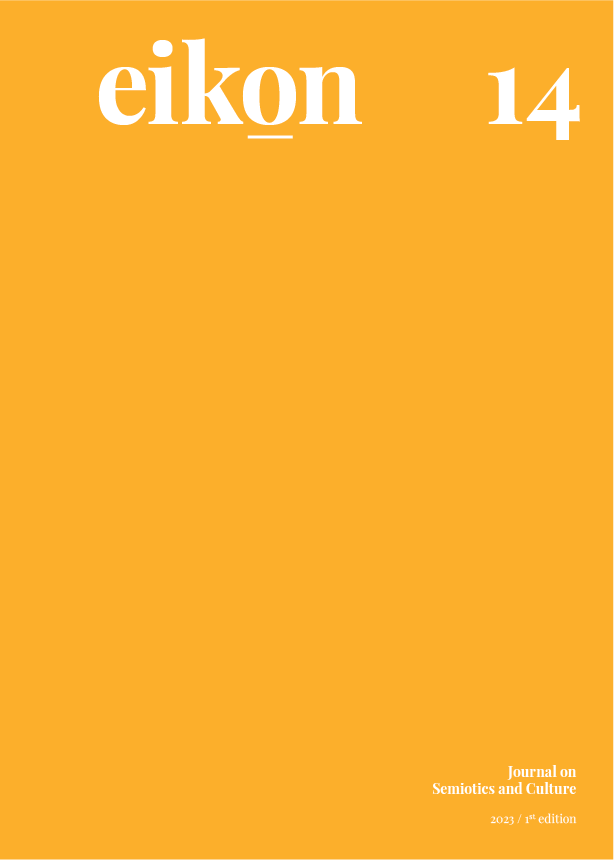Semiótica e Psicologia nas interfaces do amor
Abstract
How many dimensions does love have? Researchers everywhere seek to define and unravel the mysteries of love in romantic relationships, between parents and children, people in general and couples over the years. For Santos (1996), love has three dimensions, namely: the philanthropic, erotic and agape dimensions. Sternberg (1984) proposes the love triangle composed of the study of intimacy, passion and commitment, which develop into seven types of love. We don't dare undertake such a difficult task, but if we do some research on the subject, everyone will try to define love in the most diverse ways. This work, therefore, following this path initiated and followed by Santos, is based on the hypothesis that the age difference in a loving relationship can cause a lack of love over time and that betrayal can trigger disappointment and transform love into hate. We take, as inspiration, the passage from youth to old age in the poem “Retrato” by Cecília Meireles, brief analyzes of the lyrics of the song “A Thin Line Between Love and Hate” (1971) by The Persuaders and two love stories, under a psychological and semiotic perspective.
Downloads
Published
Issue
Section
License

This work is licensed under a Creative Commons Attribution-NonCommercial-NoDerivatives 3.0 Unported License.
Authors who publish with this journal agree to the following terms:
- Authors retain copyright and grant the journal right of first publication with the work simultaneously licensed under a Creative Commons Attribution License that allows others to share the work with an acknowledgement of the work's authorship and initial publication in this journal.
- Authors are able to enter into separate, additional contractual arrangements for the non-exclusive distribution of the journal's published version of the work (e.g., post it to an institutional repository or publish it in a book), with an acknowledgement of its initial publication in this journal.
- Authors are permitted and encouraged to post their work online (e.g., in institutional repositories or on their website) prior to and during the submission process, as it can lead to productive exchanges, as well as earlier and greater citation of published work (See The Effect of Open Access).

